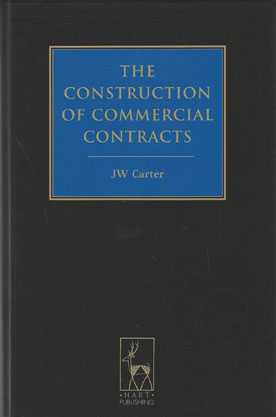
This book adopts a principled approach to the law applied in the construction of commercial contracts. This approach is presented as part of a coherent theory of the law of contract construction which makes a unique contribution to scholarship and understanding of the most important aspect of the practice of commercial lawyers.
The law is explained by reference to three stages in construction. It distinguishes the preliminary stage in which context is established, from the 'meaning' and 'application' stages of contract construction. The approach provides insights both into the practical problems that lawyers face, in particular in relation to admissibility of extrinsic evidence, and the theoretical underpinnings of the subject. The book also explains the relationship between intention and construction, and discusses general and specific rules that determine the results of construction disputes.
Each chapter is introduced by statements of its objectives and the book includes simple definitions of key concepts, as well as summaries of the complex principles which comprise the law of construction. In illustrating construction principles and their application, the exposition of the law draws on the author's knowledge of Australian contract law and the influence and role of the UNIDROIT principles, CISG and the American Restatement (Second) Contracts.